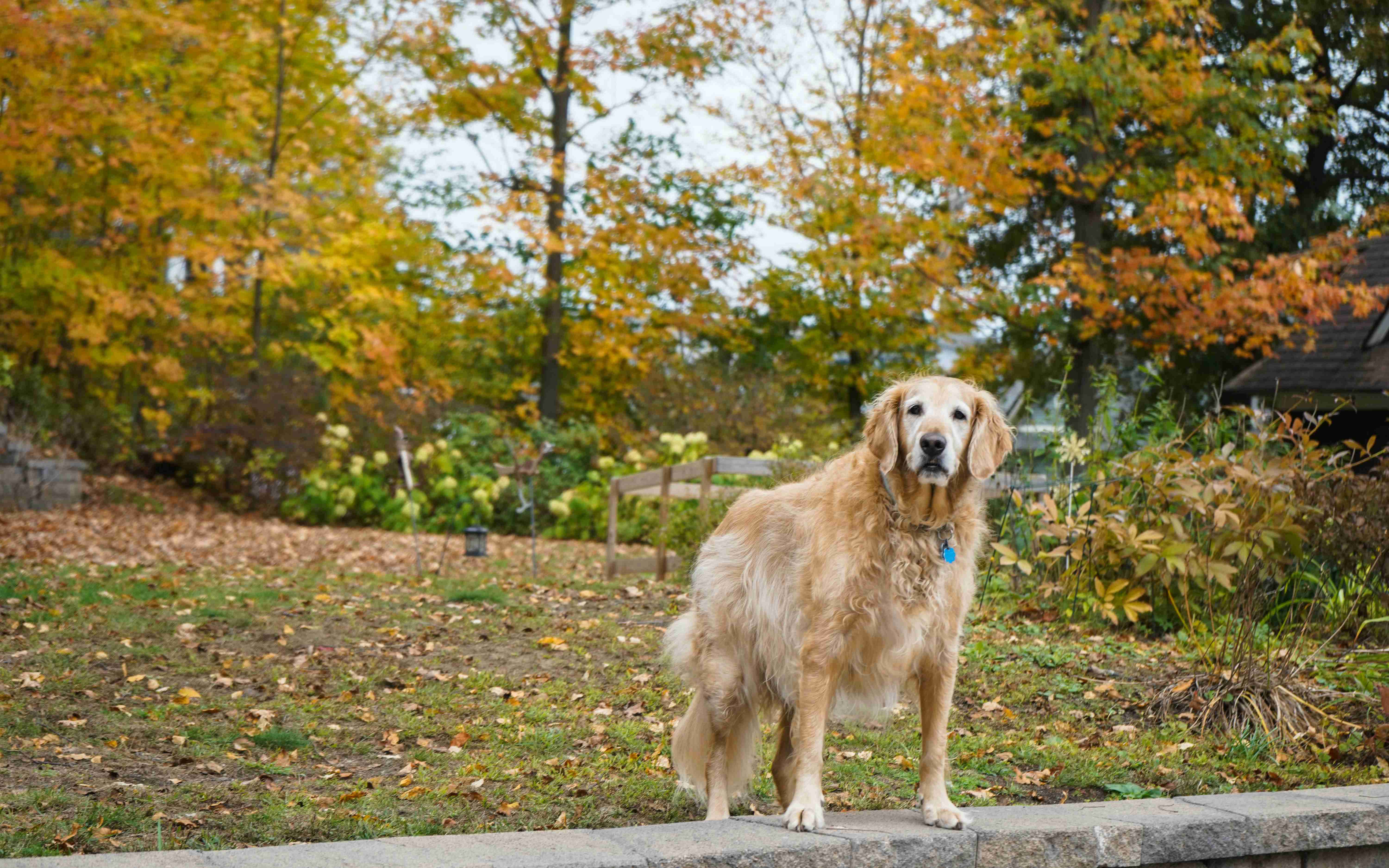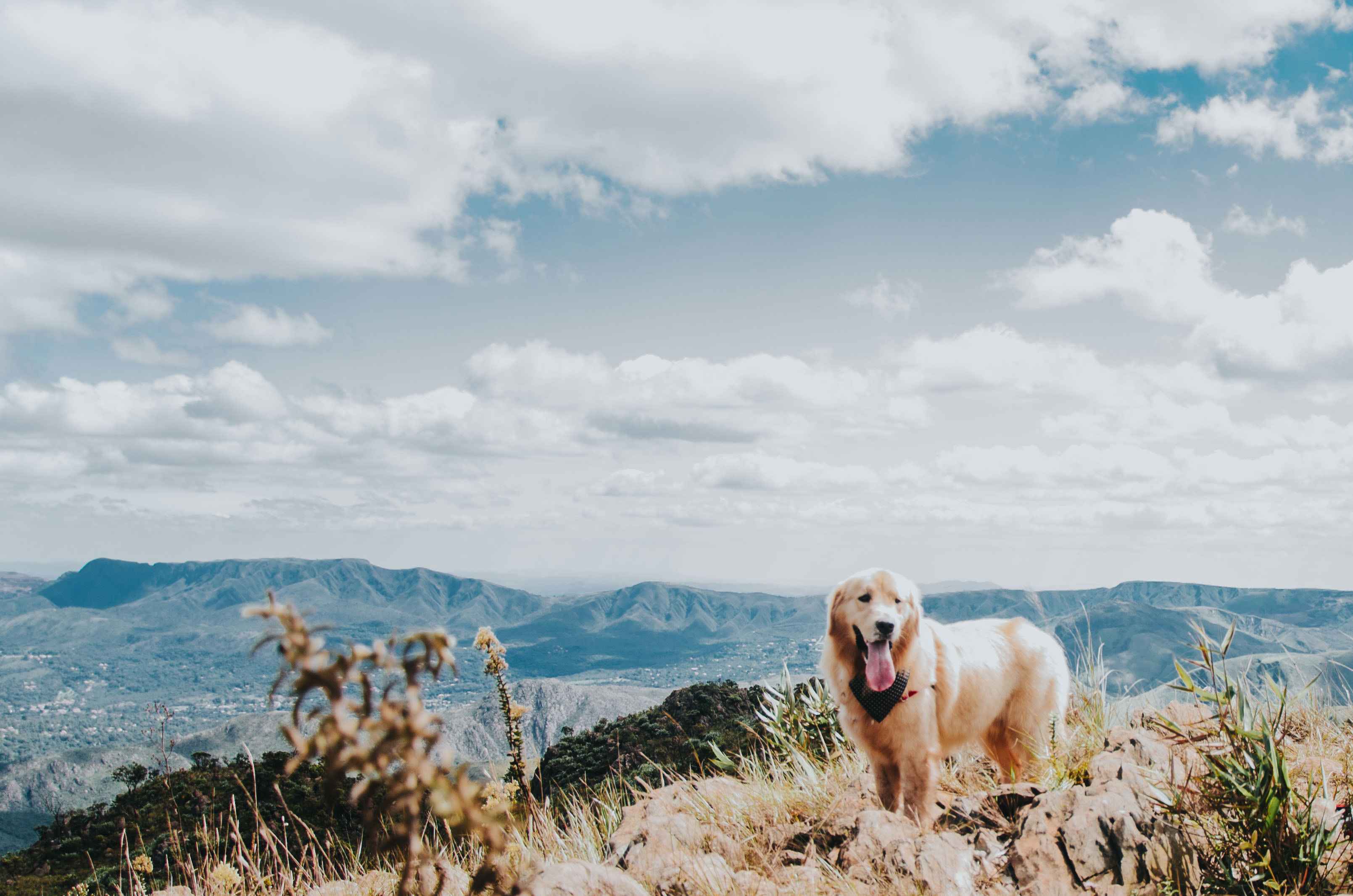As a proud pitbull owner, you want nothing but the best for your furry friend. One health issue that can greatly impact their quality of life is hip dysplasia. This common condition occurs when the hip joint doesn’t form properly, leading to discomfort, pain, and mobility issues. Fortunately, there are steps you can take to prevent hip dysplasia and keep your pitbull’s hips healthy. In this blog post, we will explore effective tips and strategies that every pitbull owner should know. By implementing these preventive measures, you can ensure your pitbull stays active, happy, and free from hip dysplasia. So let’s dive in and discover how you can protect your pitbull’s hips for years to come.
Title: Keeping Your Pitbull’s Hips Healthy: Effective Tips for Preventing Hip Dysplasia
As a pitbull owner, it’s essential to prioritize the health and well-being of your furry friend. One common health issue that affects pitbulls is hip dysplasia, a condition where the hip joint does not develop properly, leading to pain, discomfort, and mobility issues. Fortunately, there are several proactive measures you can take to prevent hip dysplasia and ensure your pitbull’s hips stay healthy and strong. In this blog post, we will explore effective tips and strategies that will help you prevent hip dysplasia in your beloved pet.
1. Choose a responsible breeder:
When getting a pitbull puppy, it’s crucial to select a responsible and reputable breeder. A responsible breeder will conduct health screenings on their breeding dogs to ensure they are free from hip dysplasia and other genetic diseases. Additionally, they will provide you with the necessary health clearances for both the puppy and its parents.
2. Maintain a healthy weight:
Maintaining a healthy weight is crucial for preventing hip dysplasia. Excess weight puts unnecessary stress on your pitbull’s joints, increasing the risk of developing hip dysplasia. Ensure you feed your pitbull a balanced diet and monitor their calorie intake. Regular exercise is also essential to keep them fit and maintain a healthy weight.
3. Provide a suitable exercise routine:
Regular exercise is vital for your pitbull’s overall health, including their hip joints. However, it’s important to provide low-impact exercises that minimize stress on their hips. Activities like swimming, walking on soft surfaces, and controlled play sessions are ideal for keeping their hips strong without causing excessive strain.
 - Copy.png)
4. Avoid high-impact activities:
While exercise is important, it’s equally crucial to avoid high-impact activities that can be detrimental to your pitbull’s hips. Activities like jumping, intense running, and rough play on hard surfaces should be minimized or avoided altogether. These activities can exacerbate existing hip dysplasia or increase the risk of developing the condition.
5. Provide joint-supportive supplements:
Supplements such as glucosamine and chondroitin are known to promote joint health and reduce the risk of hip dysplasia. Consult with your veterinarian to determine the appropriate dosage and type of supplements suitable for your pitbull. Additionally, omega-3 fatty acids are beneficial for reducing inflammation and supporting joint health.
6. Regular veterinary check-ups:
Regular veterinary check-ups are essential for monitoring your pitbull’s overall health, including their hip joint development. Your veterinarian can perform regular examinations and X-rays to identify any early signs of hip dysplasia. Early detection can greatly improve the chances of successful intervention and treatment.
7. Provide a comfortable living environment:
Creating a comfortable living environment for your pitbull is crucial for preventing hip dysplasia. Provide them with a well-padded bed or orthopedic mattress to alleviate pressure on their joints. Avoid slippery surfaces, as they can increase the risk of falls and injuries. Additionally, consider using ramps or stairs to help them navigate elevated surfaces more easily.
Preventing hip dysplasia in your pitbull requires a proactive approach and dedication to their overall health. By following these effective tips and strategies, you can significantly reduce the risk of your pitbull developing hip dysplasia. Remember to choose a responsible breeder, maintain a healthy weight, provide suitable exercise routines, and supplement their diet appropriately. Regular veterinary check-ups and creating a comfortable living environment will further contribute to your pitbull’s hip health. By taking these preventive measures, you can ensure your pitbull enjoys a happy, active, and pain-free life.
In conclusion, taking proactive steps to prevent hip dysplasia in your beloved pitbull is crucial for their overall health and well-being. By implementing the tips and strategies outlined in this blog post, you can significantly reduce the risk of your pitbull developing this painful condition. Remember to provide a balanced diet, maintain a healthy weight, promote regular exercise, and consult with your veterinarian for additional guidance. By prioritizing the health of your pitbull’s hips, you are ensuring a long and active life full of joy and vitality for your furry friend. So, let’s commit to keeping our pitbulls’ hips healthy and giving them the best chance at a pain-free future.


%20-%20Copy.png)

.png)


.jpg)
